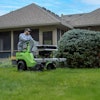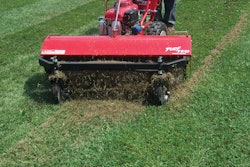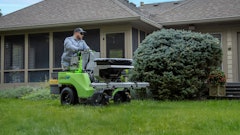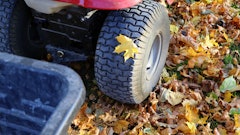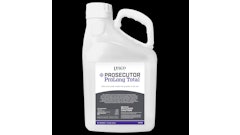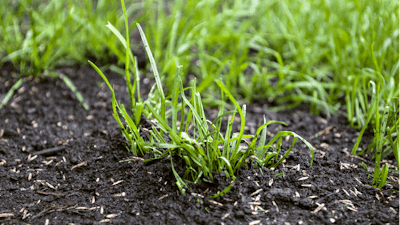
Spring is in the air, and as a landscape pro you’re no doubt eager to get the new season off to a good start. If you’re looking for ways to pitch prospective clients on spring lawn care services or simply nurture existing relationships, here are five topics you can bring up to educate your clients, demonstrate the value of additional services you can provide and build confidence in your expertise and advice.
1. Problems and expectations
Spring is a good time to identify potential problems and address them before they become more serious and more costly to fix. A broad conversation with clients about expectations for their lawns, and any issues they’d like to resolve, can help you identify how to better meet their needs through additional specific offerings.
If the lawn has problem areas that you suspect might be related to soil quality, or if the client wants to overseed or plant new grass, offer to test some soil samples which will give you data about the soil’s acidity levels and any amendments that might be needed to help the grass thrive. This information will help support any corrective measures you recommend.
2. Dethatching
A little thatch is healthy, but if the layer is more than about half an inch thick, it’s probably time to take action — and dethatching is usually a job for the pros. Removing thatch enables water, air and nutrients to penetrate the soil more easily, and it also helps fend off root rot, pests, fungal growth and drought stress.
3. Aeration
Like excess thatch, compaction — due to age or excessive traffic — can prevent water, nutrients and oxygen from moving through the soil. Core aeration can improve drainage and help prepare the soil to receive seed or fertilizer. It’s certainly possible to rent a core aerator, but since you have the skills and equipment already, your clients will likely entrust this task to you.
4. Overseeding
A lawn that is thin or has bare patches can sometimes benefit from overseeding, and planting in the spring can give the grass a head start on the weeds and allow the development of deeper roots so the lawn is more drought-tolerant come summer. You’ll want to explain why the type of seed you recommend is a good match for the growing region and the characteristics of the particular site.
5. Watering
Spring is a good time to offer irrigation system inspections and assess their efficiency. Whether or not your clients have an irrigation system or are watering by hand, they should be aware of basic best practices: don’t overwater (most cool-season grasses need only about an inch of water a week, including rainfall), water deeply once or twice a week rather than lightly every day, water during the cooler hours of the day and use a sprinkler that delivers large drops of water close to the ground rather than releasing a fine mist into the air. Help your clients help you keep their lawns looking good.
If you take the time to educate your clients, provide tips and advice and explain the rationale behind your recommendations, you’ll inspire confidence in your expertise. While clients who are avid gardeners or DIY enthusiasts may choose to handle some maintenance activities themselves, they will value your input and turn to you when they have a job that requires a pro’s skills and experience. Together you can make sure your clients’ lawns not only survive but thrive.

